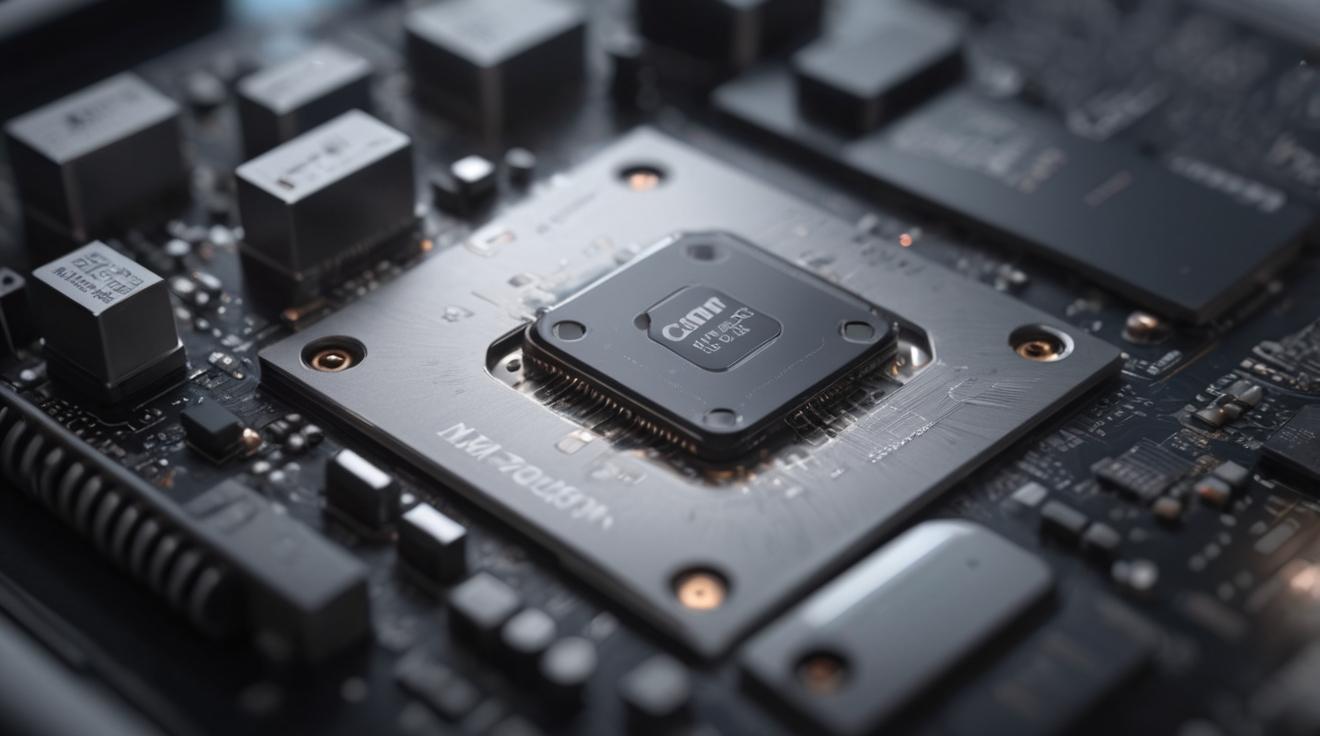Revolutionizing Imaging Technology with THz Rays
The innovative THz imaging technology, revealed in 2022, concludes over 15 years of dedicated research by Professor Kenneth O and his team. They have developed a groundbreaking imaging technology inspired by Superman’s X-ray vision capabilities. By utilizing a tiny imaging chip that emits terahertz (THz) radiation, researchers from the University of Texas at Dallas and Seoul National University have made it possible to see through solid objects without the need for external lenses.
Unveiling Terahertz Radiation Imaging
By harnessing 430 GHz rays emitted by the microchip, the researchers demonstrated the ability to penetrate fog, dust, and other obstacles that visible light cannot traverse. The imaging chip is based on complementary metal-oxide-semiconductor (CMOS) technology, commonly used in modern processors and memory chips. This innovation eliminates the need for traditional lenses, achieving portability in a handheld device. The newly developed CMOS chip array, comprised of 1 x 3 pixels operating at 296 GHz, represents a significant advancement in imaging technology.
Practical Applications and Future Enhancements
This technology has been effective in visualizing various objects like USB dongles, blades, integrated circuits, and plastic gears, even when covered by cardboard from a distance of about a centimeter. Future tests propose improving image quality and exploring scanning from approximately 13 cm, enhancing security and privacy safeguards. Over 15 years, the pixels’ performance has been enhanced by 100 million times combined with digital signal processing techniques, marking a tremendous milestone in imaging innovation.
Key Advantages of THz Imaging Technology
- Ability to penetrate various barriers like fog, dust, and clothing, enabling imaging through obstacles that visible light cannot pass through.
- Non-destructive imaging capabilities that are beneficial for inspecting delicate or sensitive materials without causing damage.
- Potential for high-resolution imaging in real-time, offering opportunities for improved security, medical diagnostics, and quality control processes.
Challenges and Controversies
Safety and Ethical Considerations
- Safety concerns about the exposure of human tissues or medical diagnostics to THz radiation and ensuring appropriate dosage limits are maintained.
- Privacy issues related to the potential for THz imaging to penetrate clothing and other barriers, raising questions about ethical use and legal implications.
Technical Hurdles
- Challenges in achieving high-quality images at longer distances due to limitations in signal strength and resolution.
- Limited compatibility with certain materials that strongly absorb or scatter THz radiation, affecting the imaging depth and accuracy.
Regulatory and Market Barriers
- Regulatory hurdles and public acceptance barriers due to concerns about privacy implications and potential health risks associated with THz radiation exposure.
- Cost limitations in scaling up the production of THz imaging devices for commercial use, potentially hindering widespread adoption in certain sectors.
Potential Applications
- Security Screening: Enhancing airport screenings and border patrols by spotting hidden weapons and contraband.
- Medical Diagnostics: Offering non-invasive approaches to detect abnormalities within the human body.
- Material Characterization: Assessing the structural integrity of materials in industrial settings.
This technology, heralded as groundbreaking, presents not only vast potentials but also critical challenges that need addressing. Its future stands to dramatically transform imaging capabilities across various sectors, from security to medicine, marking a revolution in imaging technology.













